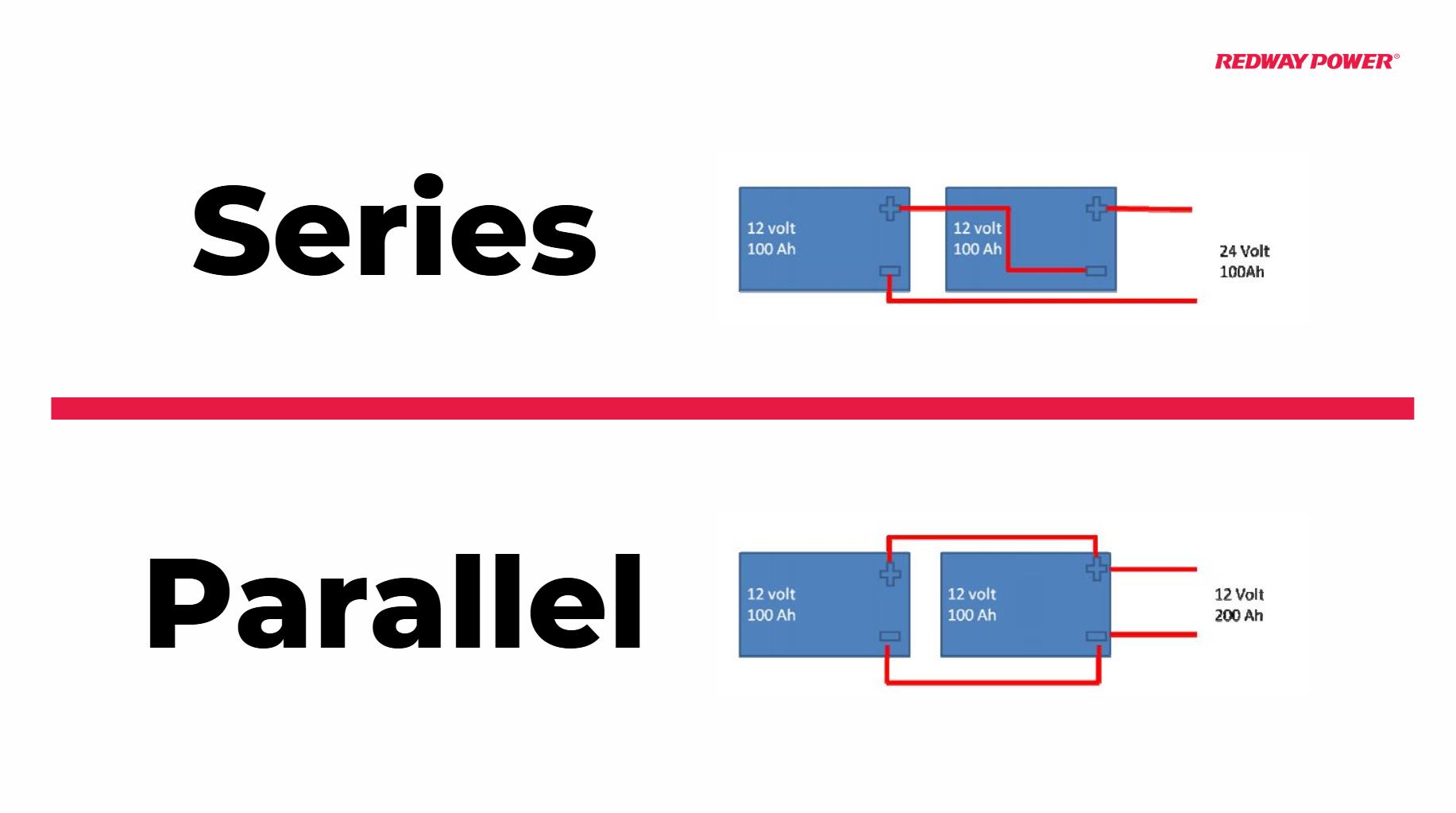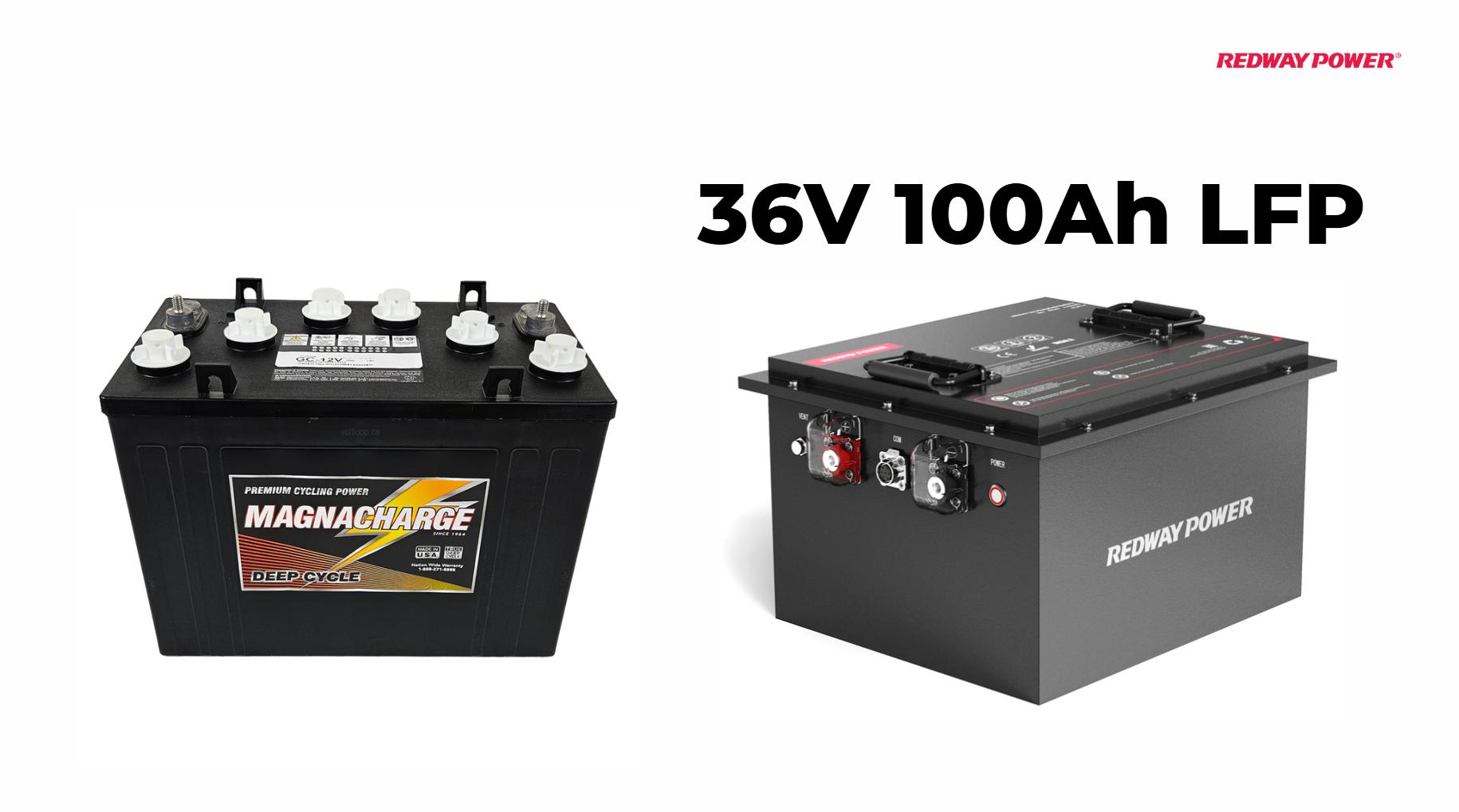What Are the Benefits of 48-Volt Lithium Batteries Over Traditional Batteries?
48-volt lithium batteries offer several benefits over traditional lead-acid batteries including lighter weight, longer lifespan, faster charging times, higher energy density, and greater efficiency in energy usage.
In the realm of modern power solutions, the 48-volt lithium battery stands out as a formidable contender against traditional battery technologies. This article delves into the multifaceted benefits of 48-volt lithium batteries, showcasing why they represent a superior choice for both residential and industrial applications.
Superior Power Output
Double the Power
One of the most compelling advantages of 48-volt lithium batteries is their ability to deliver up to twice the power of traditional lead-acid batteries. This enhanced power output makes them particularly suitable for high-demand applications where robust performance is critical. Whether you’re powering an electric vehicle, a backup power system, or a high-capacity solar setup, the increased power density of 48-volt lithium batteries ensures that you get the job done efficiently and effectively.
Lightweight Design
Significantly Lighter
Another standout feature of 48-volt lithium batteries is their lightweight design. Compared to their lead-acid counterparts, these batteries are approximately half the weight, which facilitates easier handling, installation, and transportation. This reduction in weight is especially beneficial in applications where space and weight constraints are a concern, such as in portable power systems and compact setups.
Faster Charging
Rapid Charging Time
The efficiency of 48-volt lithium batteries extends beyond their power output and weight. These batteries offer rapid charging capabilities, with charging times up to five times faster than traditional lead-acid batteries. This feature ensures that downtime is minimized and that systems relying on these batteries can remain operational with less waiting time. The quick recharge not only improves operational efficiency but also enhances the overall user experience by reducing the time spent on battery maintenance.
Longevity
Extended Lifespan
When it comes to longevity, 48-volt lithium batteries excel with an impressive lifespan that can extend up to eight times that of traditional batteries. This extended operational life translates into fewer replacements, resulting in lower long-term costs and less frequent maintenance. The durability of these batteries means they can withstand numerous charge and discharge cycles without significant degradation, making them a cost-effective solution over time.
Safety and Reliability
Enhanced Safety Features
Safety is a paramount concern in battery technology, and 48-volt lithium batteries deliver enhanced safety features that set them apart from traditional options. These batteries are equipped with advanced safety mechanisms designed to prevent overheating, short circuits, and other potential hazards. Their built-in management systems monitor and regulate performance, ensuring reliable operation and minimizing risks associated with battery failure. This added layer of safety makes 48-volt lithium batteries a dependable choice for critical applications where performance and reliability are non-negotiable.
Environmental Impact
Reduced Environmental Footprint
In addition to their performance benefits, 48-volt lithium batteries contribute to a reduced environmental footprint. Lithium batteries are less harmful to the environment compared to lead-acid batteries, which contain toxic substances such as lead and sulfuric acid. The longer lifespan and higher efficiency of lithium batteries also mean that fewer batteries are disposed of over time, further decreasing their environmental impact. As industries and consumers increasingly prioritize sustainability, the adoption of 48-volt lithium batteries aligns with greener practices and environmental stewardship.
Cost Efficiency
Higher Initial Investment, Lower Long-Term Costs
While 48-volt lithium batteries may come with a higher initial investment compared to traditional lead-acid batteries, the long-term savings they offer are substantial. The extended lifespan, faster charging, and reduced maintenance requirements contribute to overall cost efficiency. Additionally, the increased energy density and performance of these batteries mean that they provide better value over their operational life, making them a cost-effective choice for those willing to invest upfront.
Versatility and Applications
Broad Range of Uses
The versatility of 48-volt lithium batteries is another significant advantage. Their robust performance and adaptability make them suitable for a broad range of applications, including but not limited to:
- Electric Vehicles (EVs): Offering reliable and powerful energy storage for electric cars, scooters, and bikes.
- Solar Power Systems: Providing efficient energy storage for residential and commercial solar installations.
- Backup Power Systems: Ensuring reliable power supply during outages or emergencies.
- Marine Applications: Delivering robust and dependable energy for boats and other marine equipment.
- Recreational Vehicles (RVs): Enhancing power efficiency and reducing weight for RVs and campervans.
Technological Advancements
Innovative Battery Management Systems
Modern 48-volt lithium batteries often come equipped with advanced battery management systems (BMS) that further enhance their performance. These systems monitor various parameters, such as voltage, current, and temperature, to optimize battery performance and extend its lifespan. The integration of BMS technology ensures that the batteries operate within safe limits and maintain optimal efficiency throughout their service life.
Conclusion
In summary, 48-volt lithium batteries offer a host of advantages over traditional lead-acid batteries, including superior power output, a lightweight design, rapid charging, extended lifespan, and enhanced safety features. Their reduced environmental impact and broad range of applications further solidify their position as a superior choice for modern power solutions. While the initial investment may be higher, the long-term benefits and cost efficiency make 48-volt lithium batteries a worthwhile consideration for anyone looking to upgrade their power system.
For those seeking high-quality 48-volt lithium battery solutions, Redway Battery stands out as a leading manufacturer and wholesaler. Specializing in 48v LiFePO4 batteries and custom golf cart battery solutions, Redway Battery is well-equipped to meet the diverse needs of B2B and OEM clients worldwide. For a quick quote and tailored solutions, contact Redway Battery today.



